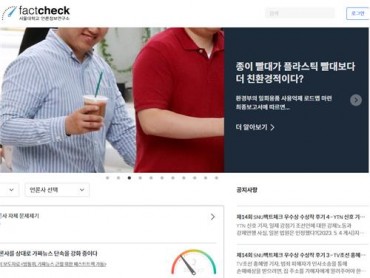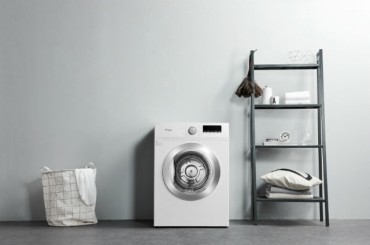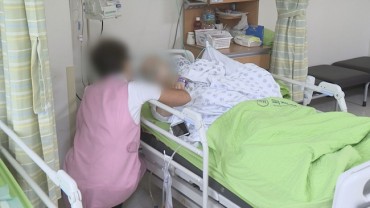
Income polarization deepened in 2017 with high income earners making more while low income earners brought in less. (Image: Yonhap)
SEOUL, March 13 (Korea Bizwire) — Income polarization deepened in 2017 with high income earners making more while low income earners brought in less.
In addition, while individual income fluctuated by small margins, average household income and consumption fell.
These conclusions were derived from a report published by Shinhan Bank that conducted research on the present financial circumstances of 20,000 financial services consumers between the ages of 20 and 64.
The bank found that average monthly income for high-paying labor categories (professional services, office work, public employee, business owner) had risen by 100,000 won to 300,000 won but had retreated by about 100,000 won for jobs in manufacturing, sales services and select government-employment.
Average monthly income likewise increased for full-time positions (3.04 million won to 3.19 million) while non-regular roles saw their fortunes dip to below the 2 million won line (2.1 million won to 1.74 million won).
The gap in average household income between the low and high earners grew, from fivefold to 5.4 times as low-income households (below 3 million won in monthly income) lost 70,000 won in income while high-income households (above 7 million won in monthly income) added 350,000 won.
Taken as a whole, average monthly household income in 2017 (4.63 million won) was 50,000 won less than the year prior; with lower income, average monthly household consumption declined by 170,000 won from 2.45 million won to 2.28 million won.

Looking at specific categories of consumption, spending rose for housing and medical services but declined for fashion purchases, allowance giving and food. (Image: Yonhap)
Looking at specific categories of consumption, spending rose for housing and medical services but declined for fashion purchases, allowance giving and food.
Household debt was discovered to have advanced last year, with growth particularly pronounced among low-income households.
Of all economically active individuals, 65.5 percent held debt amounting to an average of 61.2 million won, 17.8 million won more than in 2016.
Debt held by low-income households surged by 50 percent year-on-year, compared to 10 percent for high-income households.
Lina Jang (linajang@koreabizwire.com)






